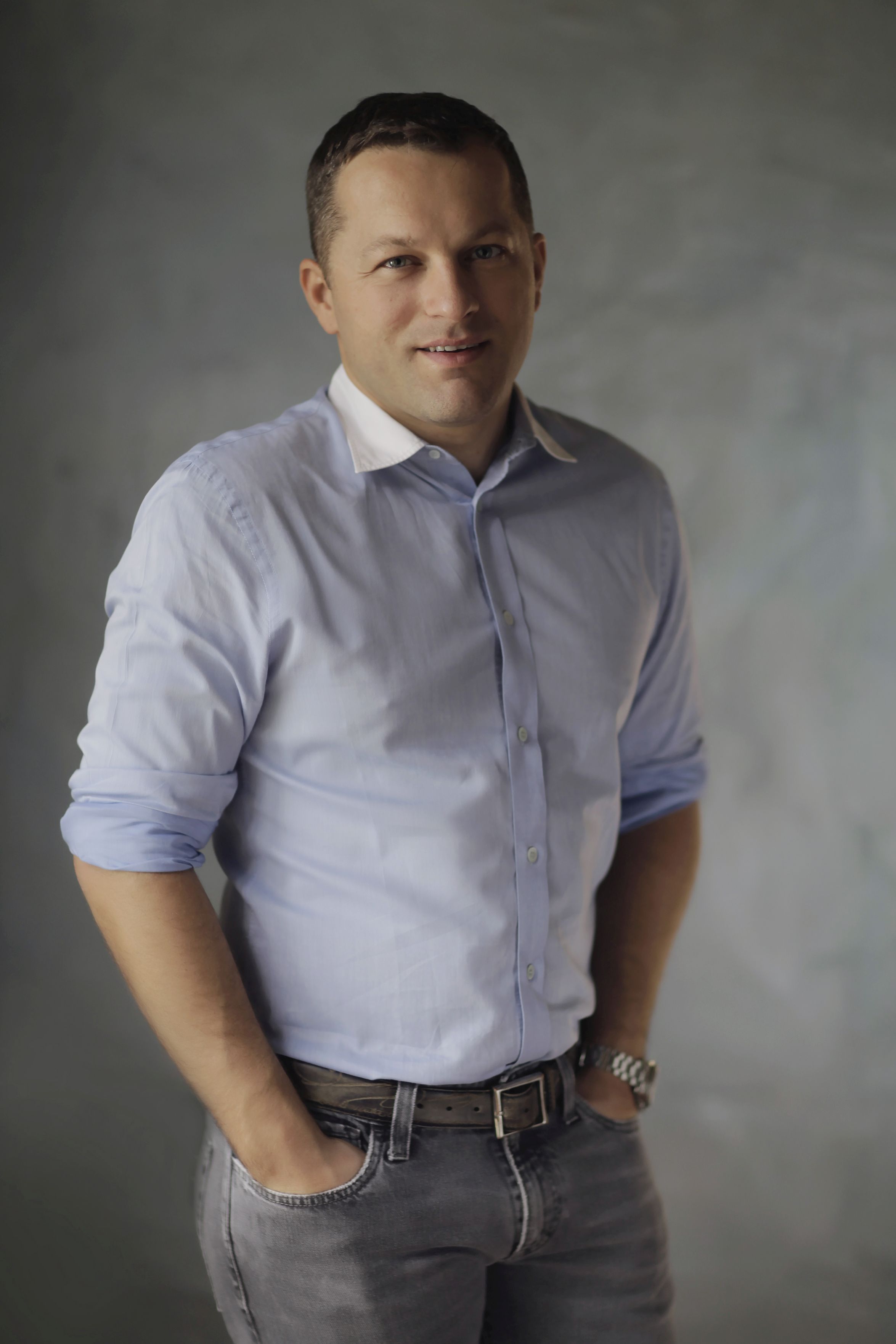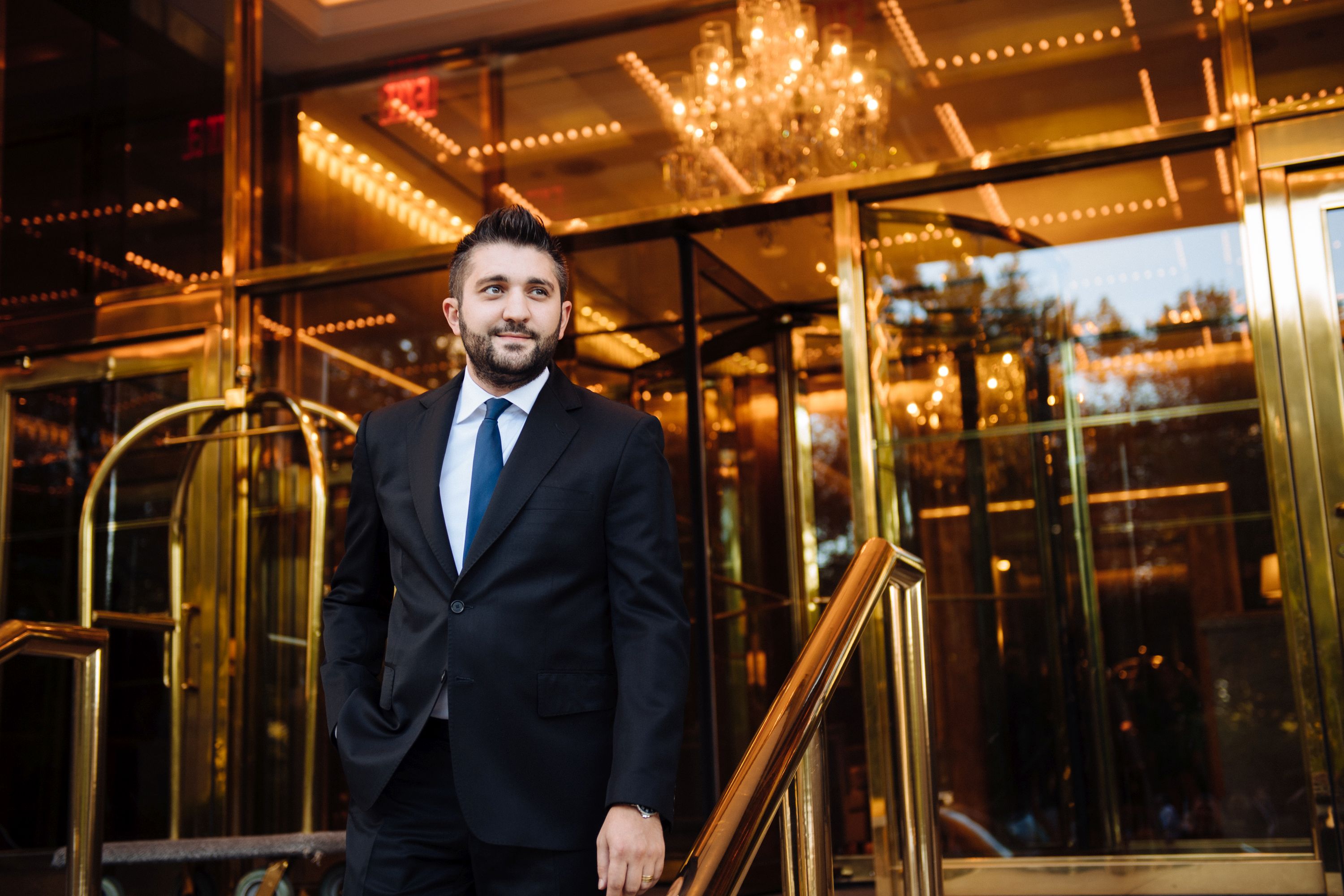What does it take to be a successful CEO? Apart from knowledge, strategy and talent, there are simple habits and mindsets that can place you ahead of the game. Be adaptable so you can easily adjust your next move. Know when you have to keep going – and when to stop. Take your wife to the movies, your kids to the park. Or take yourself on a solo train ride, and go back to work in a better mood.
These are just a few of the things that three thriving entrepreneurs do on a weekly basis to make sure they stay healthy, happy and efficient. In this exclusive Thrive Global story, Andrea Loubier, Liviu Tanase and George Berar tell us more about the productive mindsets they’ve cultivated along the years and the simple, yet powerful habits they’ve integrated into their lives.
Read what they have to say.
Andrea Loubier: Get back in tune with yourself and your surroundings.
Andrea Loubier is the CEO of Mailbird, an email client that helps you save time while managing multiple accounts. She lives in Bali and manages business operations across the world. What are the habits that help her stay on top of things?

Here’s what she says:
1. Clearly separate your workspace and create a productivity zone.
Having an “assigned” workspace helps me a lot. Even if you work from home, try to create your “productivity zone” that’s clearly distinguished from the rest of your house. Here’s why:
1. you won’t be distracted during work.
2. more importantly, you’ll associate that space with your professional projects and separate it from the rest of your house.
The same goes for apps. Have specific apps you use only for work. Once you’re done, you can switch them off, rest and relax.
2. Control the amount of information you take in.
When comparing life and stress a century ago, there’s a huge difference in the way we access and process information. Technology has given us the power to consume information at an incredibly fast pace. We can get exhausted and oversaturated with it. I manage that by turning off the noise and being selective of where I choose to learn and develop.
Anxiety in today’s world is a reality for people. We need to take the time for self-care and to slow down, and not take on more than we can chew. In Swedish cultural idiosyncrasy, we need more lagom in our lives to rebalance and better cope with the constant noise around us.
The easiest way to do that is by reverting back to the roots of how we used to live. By striving to get back in tune with ourselves and our surroundings. Rebecoming self-reliant. Strong. Pervasive and symbiotic in our survival methods.
3. Carve out time for what makes you happy.
Take time to do things you love or to just disconnect. I like to go for a swim or a run, or to my favorite fitness class. Also, taking a long walk in nature always helps.
Finally, spending time with people that nurture and support me is essential.
George Berar: Instead of work-life balance, try work-life blend.
As the global CEO of Benevolent Generation, an online marketing technology firm, George Berar has lots of responsibilities to juggle. He manages them by focusing on what matters now and accepting he can’t win all battles.

This is what Berar says:
1. Focus on what’s important.
Do first things first and don’t sweat the small stuff. Working hard and working efficiently are two different things. Only by focusing on what matters now do I manage to get closer to my goals.
2. Know when to stop. Go for a bike ride.
As entrepreneurs, we tend to work more, push through to solve problems. Our mentality resembles that of a long-distance runner. But sometimes you have to stop and either work on something else, or get away from work completely.
I love taking my kids to the park. Other times, I go for a bike ride and allow my mind to empty. Every time I do this, I go back to work with a fresh perspective.
3. Know when to lose.
Not all fights should be won. Knowing which endeavor to not pursue, which contract to not negotiate and which argument is not worth it – this helps me focus on the things that deserve a win.
4. Don’t push your private life past 6 p.m.
Trying to maintain work-life balance is a stressful concept that, in a way, sets one up for failure. Instead, I prefer work-life blending which means allowing life and work activities to intersect during the day.
So, I dedicate myself to a work project for a few hours, then I’ll take my kids to tennis and enjoy being with them. I’ll get back to the office just in time for an important conference call. This strategy works better for me and it’s more rewarding than pushing all leisure past 6 p.m.
Liviu Tanase: Push forward until you fix a problem, but know when to stop.
Liviu Tanase is the founder and CEO of email validation company ZeroBounce. He started his first business when he was 18, and has founded five other companies throughout the years. Just like Andrea Loubier, Tanase talks about the speed of today’s world and how it affects us. To counterbalance, he holds on to a few good habits.

1. Keep going, even if what you achieve is failure.
In the digital tech space, everything is continually changing. As market takers, we need to predict, react, and live with uncertainty. This trains us to be adaptable, but it also takes a toll on us.
We see unwinding as a matter of disconnection. However, as an entrepreneur, my urge is to keep working with my team and fix things. No matter how hard it is, we push forward and keep going until we fix a problem. The pitfall is that we can engage in a failure course of action, meaning that no matter what we do, we will fail, but we keep doing it. Eric Ries calls this “successfully achieving failure.”
It’s one of the best mindsets I’ve adopted. Failure teaches you more than success, and that feedback has helped me build patience and resilience.
2. Stop. Switch to a different project.
There’s a difference between resilience and avoiding to face the facts. Sometimes, you have to stop, do something else, go for a run or a walk, play chess, go surfing or play with your kids or pets. A few days later, you can go back to your challenges and revise your plans.
I also like to switch to a different project. And lastly, I found that the best solutions tend to show themselves when I change environments. One thing I do is take a train ride to San Diego and back to Santa Barbara, and work on the train.
Taking time off is hard for me, but I do enjoy my breaks fully when they happen. My family is a place of calm, and that, too, helps me be better at my job.
3. Keep moving and have something to look forward to.
When I need a boost but also a tension release, nothing is better than exercise. I work out with a trainer three times a week; it clears my head and puts me in a positive mood. Also, my wife and I often go for jogs in the evening, on the ocean shore in Santa Barbara, where we live. If we don’t feel like running, we still take our Beagle out for a walk on the beach.
Lastly, a great routine we have is going to the movies every Thursday and Sunday.
That’s a form of escapism for me. No matter how stressful things get at work, it gives me something to look forward to every week.


